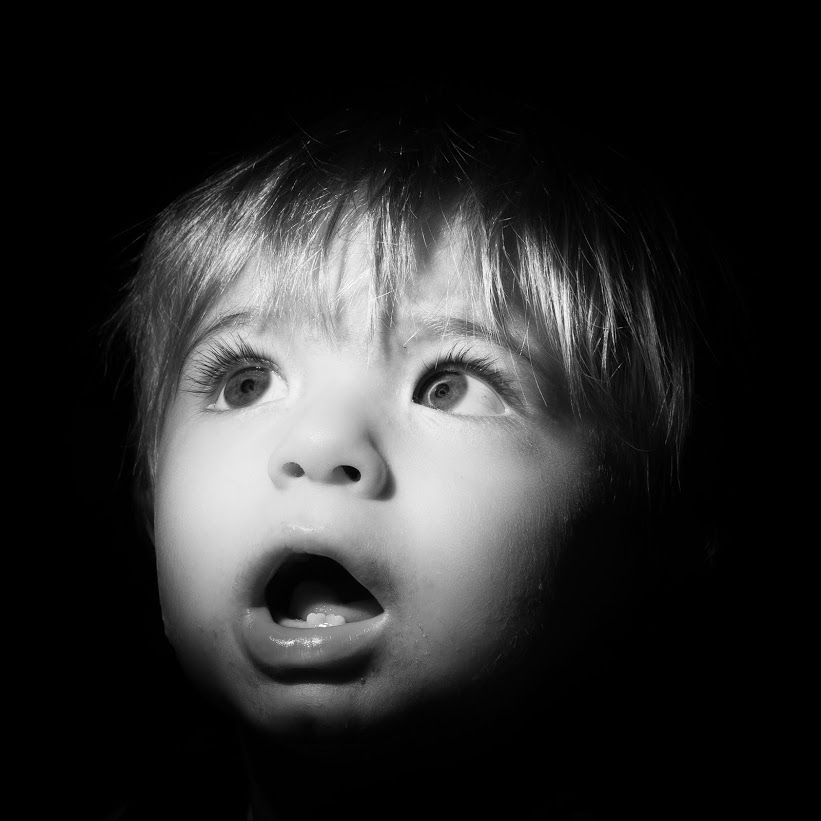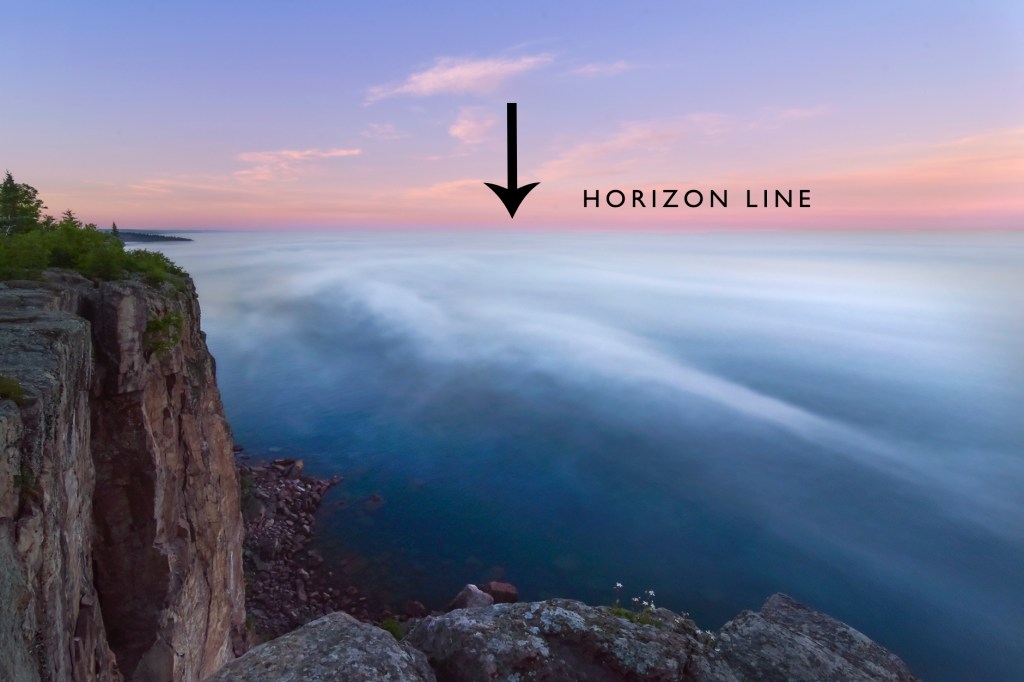AVAILABLE LIGHTS INFRONT OF US WHICH WE DON'T SEE! PART-1

As all of our previous blogs are about lighting types, one may wonder, how to produce these type of lighting when we are on a low budget? Because most of the lighting shown and discussed are produced in a studio with controlled environment. We may be low on our budget, but not on our skills. This is the time to look our surroundings and make the desired light on our AFTERNOON SUNLIGHT : The afternoon sunlight which we encounter on our daily basis is a hard-light. That means it creates hard shadows and it shows texture sharply(pretty rough actually). When we have subjects like close-up of a tree bark/close-up of a hard rocky surface/ to capture the shadows in more detailed way, etc., we can make use of natural hard sunlight. Well, working in hard sunlight is quite a challenge. We need to have a little patience while we are shooting our subjects in afternoon hard sunlight. As we said earlier, hard light is extremely good for shadows. With the help of hard light, w...





